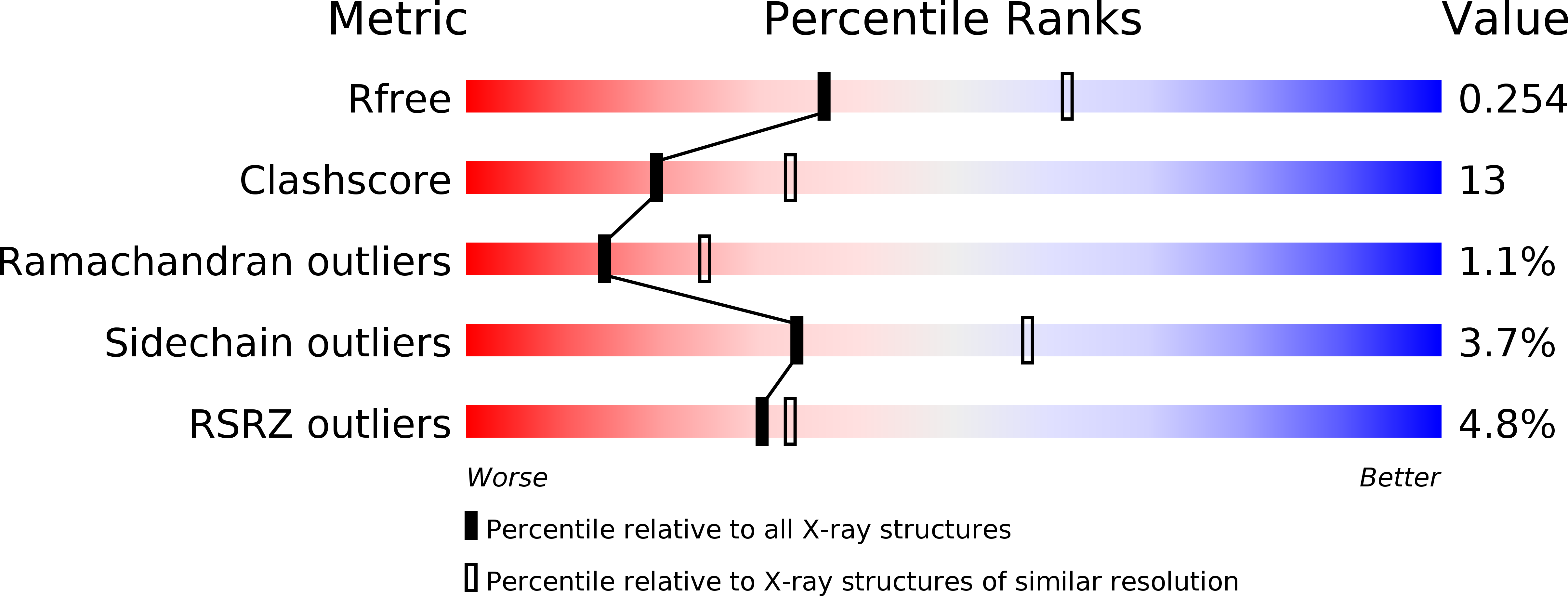
Deposition Date
2005-07-22
Release Date
2005-10-18
Last Version Date
2024-02-14
Method Details:
Experimental Method:
Resolution:
2.53 Å
R-Value Free:
0.24
R-Value Work:
0.20
R-Value Observed:
0.21
Space Group:
P 1 21 1


